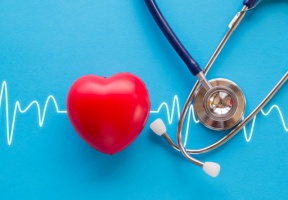
Cardiovascular disease is the leading killer of women in the United States, causing more deaths than all forms of cancer combined. Among females 20 years and older, nearly 45 percent are living with some form of cardiovascular disease, according to the American Heart Association. Northwestern Medicine Palos Hospital cardiologists urge women to pay attention to symptoms and risk factors of heart disease. Women often have more subtle symptoms. For example, women often describe chest pain as a pressure, tightness or achiness in the center of the chest. Because chest pain experienced by women is often less severe than what is described by men, women should take it seriously even when chest pain seems mild. Other symptoms of heart attack include:
• Pain or discomfort lasting longer than 20 minutes in other areas of the upper body, including the arms, back, neck, jaw or stomach
• Shortness of breath, even without chest pain
• Breaking out in a cold sweat or feeling faint or woozy
• Fast heartbeat (palpitations)
• Unusual tiredness
• Trouble sleeping
• Problems breathing
• Indigestion, loss of appetite or nausea
• Anxiety
Women and men with parents or siblings with heart disease are more likely to develop heart disease themselves. A significant family history is present when a father or brother develops heart disease before the age of 55 or a mother or sister develops heart disease before the age of 65. No one can control his or her family history. To learn more about cardiology services at Northwestern Medicine, visit nm.org/heart.









